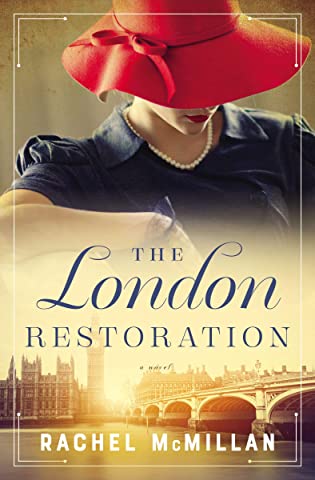 The London Restoration by Rachel McMillan
The London Restoration by Rachel McMillan Format: eARC
Source: supplied by publisher via NetGalley
Formats available: paperback, ebook, audiobook
Genres: historical fiction, historical romance, World War II
Pages: 336
Published by Thomas Nelson on August 18, 2020
Purchasing Info: Author's Website, Publisher's Website, Amazon, Barnes & Noble, Kobo, Bookshop.org
Goodreads
In post-World War II London, determined to save their marriage and the city they love, two people divided by World War II's secrets rebuild their lives, their love, and their world.
London, Fall 1945. Architectural historian Diana Somerville's experience as a codebreaker at Bletchley Park and her knowledge of London's churches intersect in MI6's pursuit of a Russian agent named Eternity. Diana wants nothing more than to begin again with her husband Brent after their separation during the war, but her signing of the Official Secrets Act keeps him at a distance.
Brent Somerville, professor of theology at King's College, hopes aiding his wife with her church consultations will help him better understand why she disappeared when he needed her most. But he must find a way to reconcile his traumatic experiences as a stretcher bearer on the European front with her obvious lies about her wartime activities and whereabouts.
My Review:
I picked this one for two reasons. One was the time period. It’s starting to look like the early Cold War era is the new big thing in historical fiction, and so far the books have been excellent – and this one was no exception. Reason number two was that I enjoyed the first two books in this author’s Van Buren and DeLuca series (Murder at the Flamingo and Murder in the City of Liberty) and hoped that this book would be as good if not better.
That hope was definitely realized.
The story begins late in 1945, and the shooting war is over. Diana and Brent Somerville, like so many who married during the war, have to figure out whether the love that sustained their spirits during the war’s separation and all its horrors, can survive in its aftermath. They both carry secrets from those long years, and those secrets form a barrier between them that both are afraid to bridge.
Brent wants to protect Diana from the horrors of his war and the extent of his wounds, both physical and emotional.
Diana needs to protect both Brent and herself from the consequences of her work at Bletchley Park as one of the codebreakers. She signed the Official Secrets Act. She literally CANNOT tell him about her wartime service under threat of imprisonment. That she is still continuing that wartime “secret” service unofficially, as a favor to a friend, adds to the weight of the secrets that fester between them.
Unless she can bring him into the world of shadows that she now inhabits. Before the new “Cold War” claims their marriage as one of its early victims. Or takes both of their lives.
Escape Rating A-: The deeper I got into this story, the more that the multiple interpretations of the title ensnared me.
There’s the obvious one, that this story takes place during the restoration of London after the war is over. But it’s also about the restoration of their marriage, which takes place in London. That would be enough to be going on with. But there’s that third interpretation, the way that Diana’s love of the architecture of the Christopher Wren churches of London loops back to history, to the restoration of London after the Great Fire of 1666.
It was also fascinating to read a romance that is very different from any of the standard tropes, at least in the story’s “present”. The original romance between Diana and Brent is a classic. Lovers meet, discover their other half, fall instantly and completely, have a quirky but romantic wedding and live happily ever after. And maybe they will, but they certainly don’t in the immediate term, because the Blitz rains down on their wedding night, then both of them are off to war.
What makes the romance part of this story so marvelously different from the usual is that it’s a romance between two people who are already married, and yet they are strangers to each other after four years of war. In order for their wartime marriage to survive where so many did not they have to get to know the people they are now and fall in love with each other all over again.
And it’s lovely.
One of the things that this story also does well is the way that it portrays the consequences of the abrupt change to both their lives, but particularly Diana’s, after the war is over and life is supposed to go back to “normal”. The problem is that the aftermath of any catastrophic change is never easy, and that whatever normal is will not be and cannot be the exact same as it was before the catastrophe.
(This is just as true in our own now as ever. The world post-pandemic will be different from the pre-pandemic world, we just don’t know exactly how yet.)
Diana is supposed to become a housewife, taking care of her husband and any children they have. But Diana is one of the most rubbish housewives ever to grace a page. And she’s not going to change. Because she has already changed. Her service at Bletchley Park opened a world for her that she wants to continue to inhabit, just with her husband at her side. For four years she lived a life of purpose and challenge, and she just isn’t willing to give that up. She’s not made to give that up.
Finding a way to bridge the minefield between herself and her husband so that she can continue to serve her country and especially continue to feed her brilliant mind is what really sets her on her course to unofficially help her friend, fellow codebreaker and MI-6 agent uncover the first agents of that Cold War – and nearly gets both her and Brent killed in the process.
Summing up, the history is fascinating, the hunt for the spies is thrilling and the romance is lovely. Come to this book for whichever appeals to you the most. But definitely do come! The London Restoration is a marvelous story from its lonely beginning to its friendship and love-filled end.
~~~~~~ GIVEAWAY ~~~~~~
I am giving away a copy of The London Restoration to one very lucky US commenter on this tour!


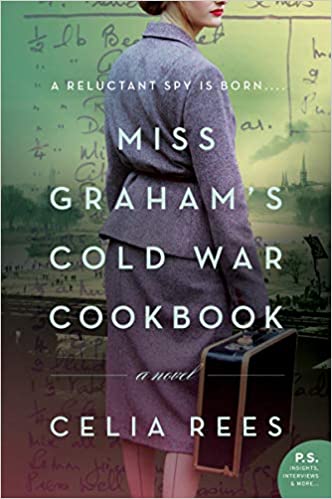 Miss Graham's Cold War Cookbook by
Miss Graham's Cold War Cookbook by  Red Sky Over Hawaii by
Red Sky Over Hawaii by 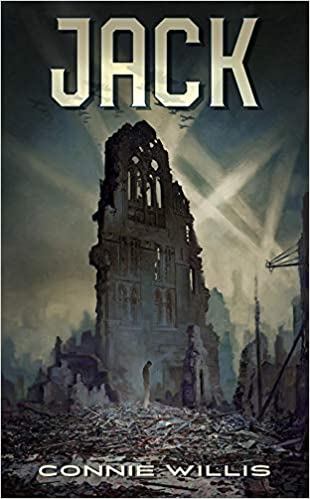 Jack by
Jack by 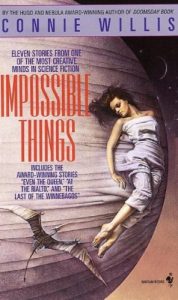 I didn’t catch that this was a reprint when I downloaded it from NetGalley a few weeks ago. Upon further investigation, I discovered that I read this one, a long, long time ago. It’s part of Connie Willis’ marvelous short story collection,
I didn’t catch that this was a reprint when I downloaded it from NetGalley a few weeks ago. Upon further investigation, I discovered that I read this one, a long, long time ago. It’s part of Connie Willis’ marvelous short story collection, 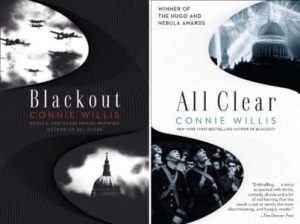 I don’t think it’s any accident that there’s a “bodysniffer” every bit as successful as Jack Settle over in Whitechapel. He’s probably named Jack, too.
I don’t think it’s any accident that there’s a “bodysniffer” every bit as successful as Jack Settle over in Whitechapel. He’s probably named Jack, too.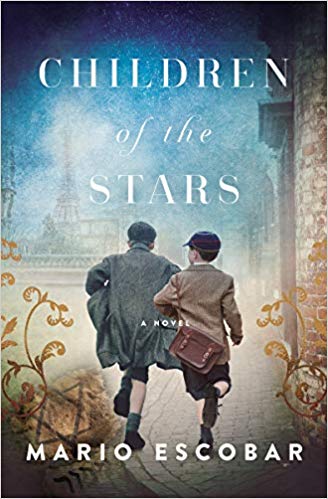 Children of the Stars by
Children of the Stars by 
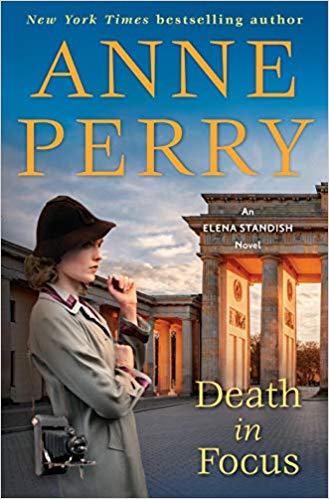 Death in Focus (Elena Standish #1) by
Death in Focus (Elena Standish #1) by 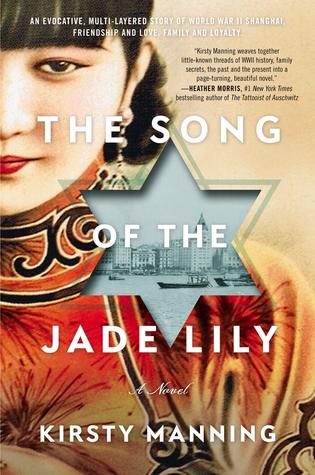 The Song of the Jade Lily by
The Song of the Jade Lily by 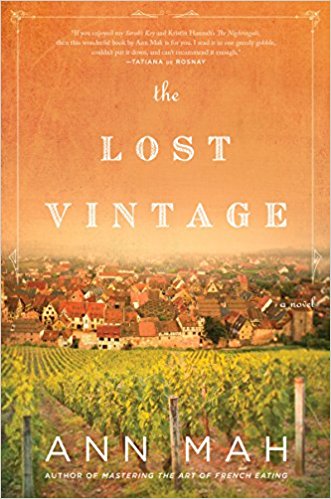 The Lost Vintage by
The Lost Vintage by 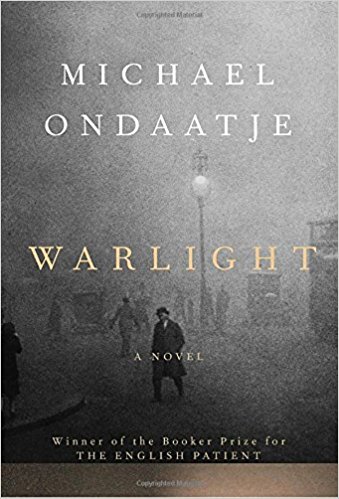 Warlight by
Warlight by 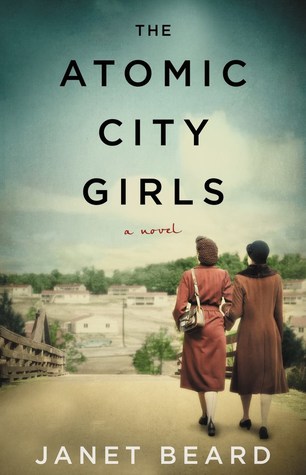 The Atomic City Girls by
The Atomic City Girls by